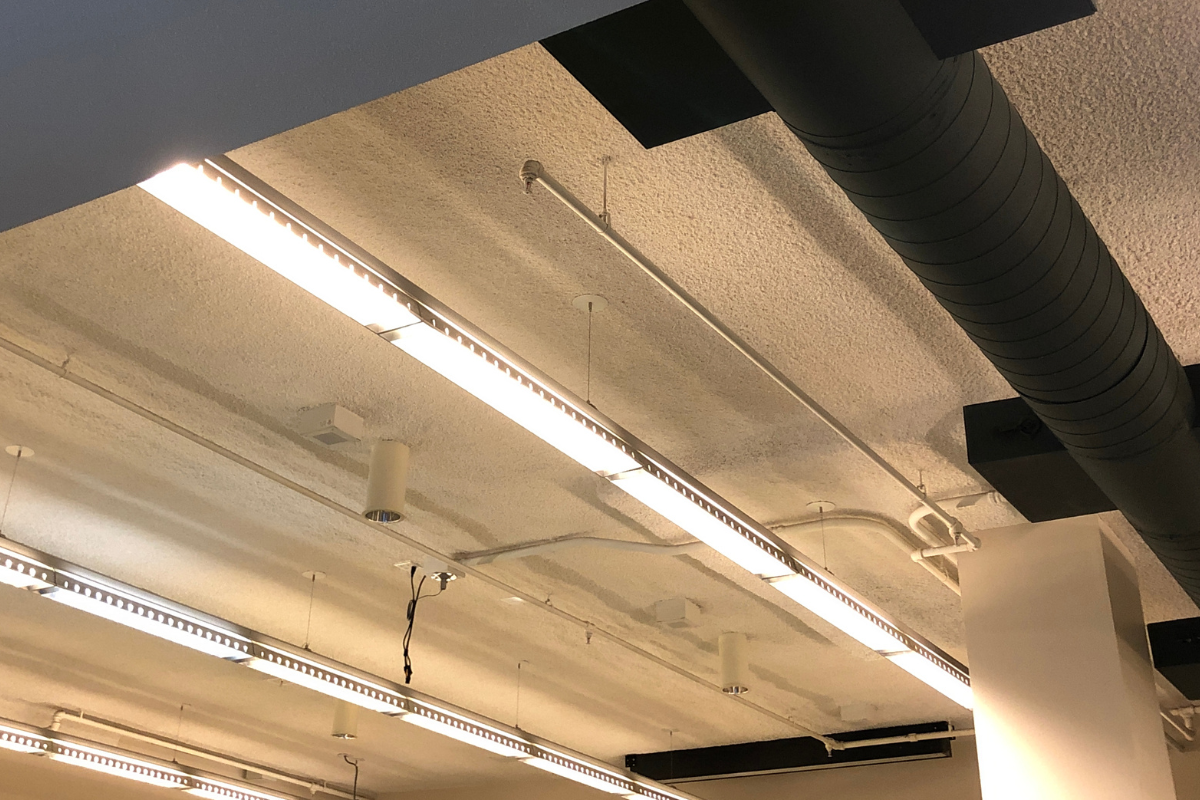In facilities management, few upgrades deliver as much impact for as little disruption as a switch to LED lighting. With energy efficiency now at the heart of UK regulations, from EPC requirements to Minimum Energy Efficiency Standards (MEES), the case for upgrading lighting has never been stronger. Yet, despite the clear benefits, many building owners and facilities managers find LED upgrades harder to implement than they expect.
So, what’s holding organizations back, and why should they push through the challenges?

If the benefits are so clear, why aren’t all buildings already running on LEDs? The challenges often lie in practicalities rather than theory:
Upfront Costs: While LEDs save money long-term, the initial investment can feel daunting, especially across large properties. Budget-holders may hesitate to approve capital expenditure without a clear ROI model.
Heritage and Complex Buildings: Many of London’s offices and estates, for example, sit within heritage properties where retrofitting can be technically complex, or even subject to planning restrictions.
Disruption to Occupants: Swapping out fixtures sounds simple, but in occupied spaces, downtime and disruption are a concern. Facilities managers must carefully plan phased works.
Knowledge Gaps: Some decision-makers still underestimate the impact of lighting on EPC ratings, operational costs, or even occupant wellbeing. Without technical guidance, they miss the strategic value of LED upgrades.
LEDs are often described as “low-hanging fruit” for energy efficiency, and for good reason. They use up to 75% less energy than traditional lighting and last up to 25 times longer, reducing both utility bills and maintenance callouts. For facilities managers tasked with balancing cost efficiency and occupant satisfaction, this means fewer disruptions and significant budget relief over time.
There’s also the compliance angle. EPC ratings and MEES regulations are tightening, and lighting upgrades can make the difference between a building meeting the threshold or falling foul of regulations. For landlords, that directly affects the ability to lease properties; for corporate occupiers, it means avoiding penalties and reputational risk.
While the initial cost of an LED retrofit can be a major hurdle, facilities managers have several financial strategies at their disposal to mitigate this. Rather than viewing the project as a single, large capital expense, it's often more effective to frame it as a long-term investment with a clear payback period.
Payback Period & ROI Analysis: Calculate the return on investment (ROI) by comparing the upfront cost against the projected annual energy and maintenance savings. This provides a clear, data-driven case for budget approval.
Leasing & "Lighting-as-a-Service" Models: Explore alternative financing options like leasing agreements where the facilities pay a fixed monthly fee that is often less than the energy savings generated, making the project cash-flow positive from day one.
Government Grants and Incentives: Research available grants, rebates, and tax incentives for energy-efficient upgrades. These can significantly lower the overall project cost.
The true potential of LED lighting is unleashed when paired with smart control systems. This integration goes far beyond simple on/off switches, transforming lighting into an intelligent, responsive, and data-rich asset.
Occupancy and Vacancy Sensors: These sensors detect when spaces are occupied, automatically adjusting light levels to save energy in unoccupied areas.
Daylight Harvesting: Sensors near windows measure natural light and dim artificial LEDs accordingly, ensuring consistent light levels and reducing electricity use.
Personalised Control & Human-Centric Lighting: Modern smart systems can give users control over their immediate lighting environment, boosting comfort and productivity. Human-centric lighting (HCL) systems can mimic natural daylight cycles, supporting occupant wellbeing.
Data Analytics and Predictive Maintenance: Integrated systems generate valuable data on energy consumption and fixture performance, enabling facilities managers to identify areas for optimization and predict maintenance needs proactively.

An FM perspective shows that LEDs can transform the overall building experience; beyond costs and efficiency.
Occupant Wellbeing: High-quality LED systems mimic natural light, improving productivity and reducing eye strain for office workers.
Sustainability Credentials: For landlords, LED upgrades are a visible, measurable step towards Net Zero targets. For tenants, they improve ESG reporting and brand reputation.
Enhanced Security: Bright, well-lit exteriors and common areas deter intruders and improve safety for occupants.
Successful LED retrofits depend on meticulous planning to minimize disruption and ensure a smooth transition.
Comprehensive Audit: Start with a detailed audit of the existing lighting infrastructure to gather essential data for an accurate cost-benefit analysis.
Phased Rollout: Rather than replacing all lighting at once, a phased approach is often more practical. Begin with high-impact areas like lobbies or conference rooms to demonstrate the immediate benefits.
Waste Management: Ensure that old fluorescent and incandescent bulbs are properly disposed of, as they contain hazardous materials and must be recycled through certified waste management companies.
Facilities managers know that small changes can deliver big results. LED upgrades are among the simplest, most effective ways to cut energy consumption, boost compliance, and enhance the workplace environment.
Yes, challenges exist but with expert guidance, these can be overcome. The key is to see lighting not just as a utility, but as a strategic lever for asset performance, tenant experience, and long-term sustainability.
Karsons Consulting are members of the Chartered Institute of Building Services Engineers, The Association of Consultancy and Engineering, British Institute of Facilities Managers and the Building Services Research and Information Association.